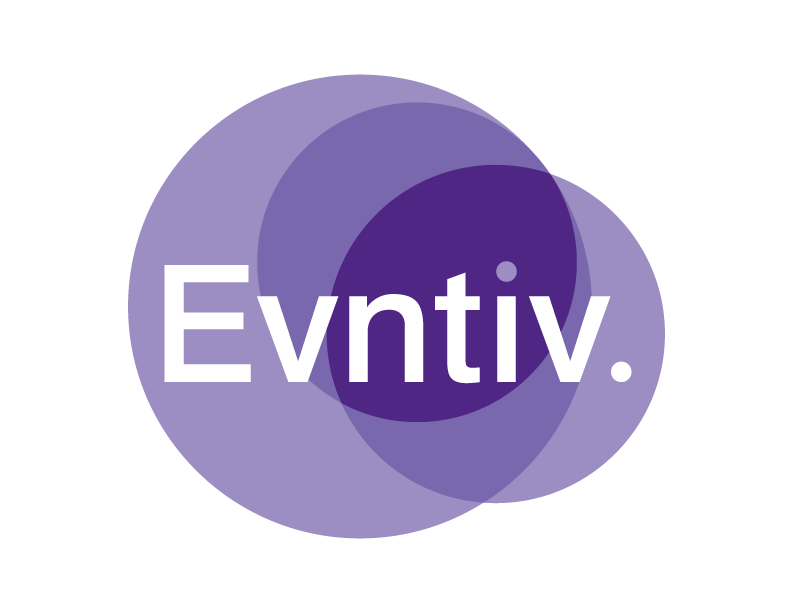3 Tips for D.I.Y. Video Invitations
These new do-it-yourself online video invitation services help planners spread the word to guests.
Photo: Courtesy of Wideo
By Martha C. White Posted August 12, 2015, 7:00 AM EDT
Event hosts have been experimenting with embedding videos into invitations for a number of years, but now there’s a new generation of tools that make incorporating video into an invitation easier than ever. Do-it-yourself options, along with the ubiquity of mobile devices, allow users to both shoot and receive video messages almost anywhere. Before hitting record on an event invite, industry professionals should keep these tips in mind.
1. Know your D.I.Y. limits.
“Everybody’s into video, but a lot of people don’t know how to present that video and make their event more successful and elegant,” says Prabhakar Bellamkonda, C.E.O. and co-founder of Gaithersburg, Maryland-based Inviter, a new site that offers an easy-to-use template format for those inexperienced with video invitations.
Ryan Costello, C.E.O. of Event Farm in Washington, adds that video invites take more creativity and time than most might expect. “People think, ‘because I saw this Vine thing that was cool,’ everyone can do it,” he says, adding that if it’s an organizer’s first time delving into video invitations, he or she will need about three times as much lead time to account for the technology learning curve.
If the plan is to use recorded material rather than pre-created animation, Costello says, “At minimum you need to understand the basics of video editing and understand how to clip and cut.” Even with template services such as Inviter and Wideo, which help eliminate some of the technological hurdles, the process is still a challenge, he says.
With Wideo, an animated online video creation platform, users can choose from among the service’s library of images, graphics, logos, and music and save their choices for future use, says Sofía Brockenshire, content specialist at Wideo.
Because the technology is still fairly new, there are no “hard and fast rules” about using animated versus handheld video footage in the invites, says Sam Foxman, president and co-founder of Evntiv, a St. Louis-based event planning, event production, and entertainment agency. “It’s all about a question of tone versus innovation,” he says. “What I want to try to do is create excitement for the event, whether that’s done in a very low-tech way or a very produced way.”
For certain types of groups or events, a roughly shot video could convey a desirable, attention-getting rawness. “It gives a taste of what the brand feels like—but with movement—and what guests could look forward to that print isn’t going to give,” Costello says.
2. Understand the costs.
The appeal of these new invitation platforms is that anyone can create a video invitation, with or without the budget for a slick, produced version.
“All of these make-your-own video services have come a long way,” Foxman says. “I think that the advantage is that a two-person shop could create something for less than $200 that feels very legitimate, and, if they’re creative, I think they can get a product that can be pushed out within 10 days and get the same effect as somebody who’s hiring a video house.”
Wideo, for instance, charges $59 a month for its mid-range pro plan ($19 a month when billed annually), which lets the user create three-minute-long videos that can be downloaded in HD and without the Wideo logo. A premium tier plan costs $99 a month ($39 a month when billed annually) and offers unlimited video lengths, access to more graphics, and music.
“I think the pro plan works best for event planners because they can download the video in HD, have up to 3 minutes in video length, and most importantly, have unbranded videos,” Brockenshire says. “It’s more convenient and professional that way.”
Users of Inviter have the option of paying per event or per month. For a single event, the service charges between roughly $20 and $160, depending on the number of guests. Monthly subscriptions range from around $40 to $200 per month based on event size.
Planners who aren’t ready to give up on paper invites just yet can compromise with Tap for Message, a credit-card-size inset containing N.F.C. chips, Q.R. codes, and a URL. The cards are pasted or inserted into traditional invitations, and guests have the option to tap their mobile device and activate the N.F.C. chip, scan the code, or enter the URL to receive the information and play the video, which is stored in the cloud.
The cards themselves cost $300 for 50, which include some customization and the ability to attach a video, says C.E.O. Kadeer Beg. “For the corporate side, it’s a little different because they want to brand the look and feel,” so the $6-per-card price is more of a floor than an average, he says.
3. Share smartly.
The more ways a video can be shared, and the fewer clicks the recipient has to make before viewing the video, the better.
“People think, ‘Will it automatically play when people open the email?’” Costello says. Because that’s not actually the case, the sender needs to make the process of watching the video as seamless as possible.
“You can upload ours to YouTube or embed to a website or WordPress, link to it, or share it on social media … and it can be downloaded for attaching,” Brockenshire says of Wideo’s videos. The company also lets planners add buttons with URL links to their videos, which can direct recipients to a new Web page or form, she says.
Having numerous options for sharing is important because some corporate email filters might block embedded video, and the growing use of mobile browsers can make compatibility an issue.
If the target audience tends towards heavy mobile usage, it’s also worth doing a test run on a number of devices before sending out the invites to see how images appear on different screens.
Additionally, the new generation of video invitations, much like other modern technology services, can provide usable data for planners. At the higher end of the price range, many video invitation services provide planners with reports and analytics about the messages sent and allow for communication with guests after the invites have been delivered.
For example, with Tap for Message, Beg says, hosts can provide guests with things like schedule and seating information in real time during the event and push survey questions to collect responses immediately.
For planners, this means the value they get from the investment doesn’t end after the guest clicks to R.S.V.P. “What we’re now doing is getting into the whole life cycle of event management,” Beg says.


